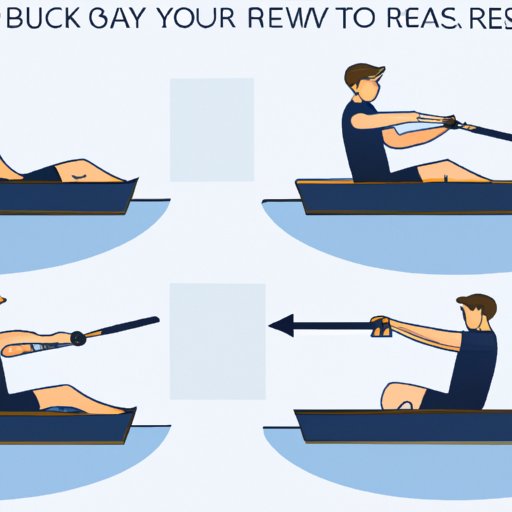
Beyond the Blueprint: Unveiling Hidden Potential in Affordable Small Boat Plans
Building your own boat is a dream for many, a blend of craftsmanship, engineering, and the intoxicating allure of the open water. But the hurdle of cost often proves insurmountable. Affordable small boat plans offer a pathway, but are we truly exploring their full potential? This review delves beyond the typical advice, exploring innovative perspectives and often-overlooked strategies to maximize value and creativity.
Q&A: Unlocking the Untapped Potential of Small Boat Plans
Isn't it all just about finding the cheapest plan?
Absolutely not. The cheapest plan might be the most expensive in the long run. Consider these factors rarely discussed in simple plan reviews:
- Material Sourcing Strategy: Instead of buying pre-cut lumber, explore reclaimed wood options. Think repurposed pallets (after rigorous inspection!), salvaged timbers, or even sustainably harvested bamboo. This drastically reduces material costs, adding an eco-friendly aspect and potential uniqueness to your vessel.
- Modular Design & Adaptability: Many plans offer rigid designs. Consider adapting them. Could you use readily available components like pre-fabricated plywood sheets or even repurposed plastic containers (with careful structural consideration) to reduce labor and specialized material costs? This encourages experimentation and innovation, making the build uniquely yours.
- Skill-Based Adjustments: Be honest about your skills. A simpler design might allow you to focus on mastery of fundamental techniques, rather than struggling with advanced joinery that could lead to costly mistakes or delays. A "simpler" boat is not necessarily an inferior boat.
How can I make my small boat build truly unique?
Beyond paint jobs, consider:
- Integrated Systems: Many plans focus purely on the hull. Think about incorporating readily available, cost-effective solar panels for lighting, a simple rainwater collection system, or even a small, DIY-built composting toilet for longer trips â€" all dramatically improving your on-water experience.
- Upcycled Components: Don't limit yourself to wood. Old sailcloth can become a unique covering, while recycled plastic bottles, when properly prepared, could provide buoyant components (though rigorous research and testing is vital). This approach not only saves money but demonstrates innovative resource management.
- Collaborative Building: Turn the build into a community project! Involve friends, family, or even a local woodworking club. Sharing the cost and workload can make the project more affordable and significantly more fun.
Real-World Success: The "Junk Boat" Revolution
The growing popularity of "junk boats" exemplifies the power of creative adaptation. These boats, often built from readily available and recycled materials, prove that functionality and affordability aren't mutually exclusive. While detailed plans for junk boats are less common than traditional designs, the underlying principle â€" resourceful utilization of materials â€" is a valuable lesson for anyone aiming to build affordably. This approach, though less precise than following a detailed plan, offers a powerful lesson in resourcefulness and customization. Data on the increasing popularity of these boats is readily available via online forums and community groups dedicated to sustainable boat building.
Educational and Long-Term Value
Beyond the finished product, consider the educational value. Building a boat provides invaluable hands-on experience in carpentry, engineering, and problem-solving. This is a significant asset for educational institutions, offering a unique practical application of theoretical knowledge in various disciplines. For woodworking craftsmen, it's an opportunity to expand skillsets and potentially develop a profitable niche, while for hobbyists it provides a deeply satisfying project with lasting rewards.
Ultimately, affordable small boat plans aren't just about finding the cheapest option; they're a springboard for creativity, resourcefulness, and a journey of self-discovery on the water. By embracing unconventional materials, adaptive design, and collaborative spirit, you can build not just a boat, but a testament to ingenuity and personal achievement.















